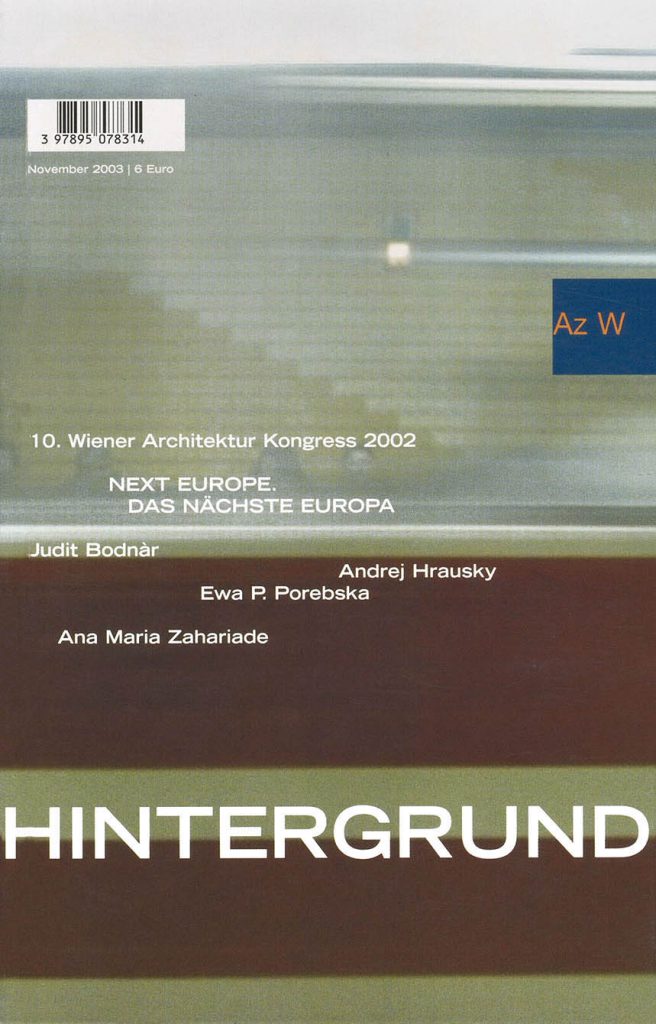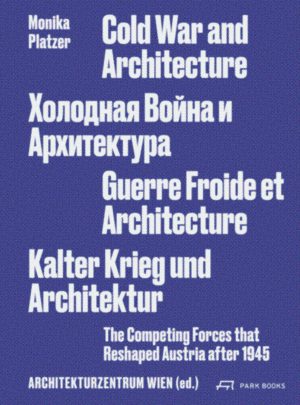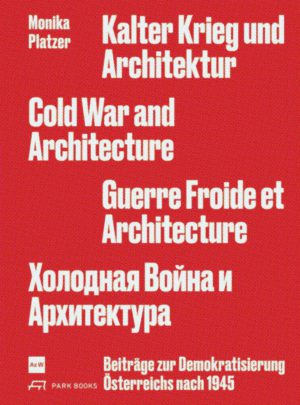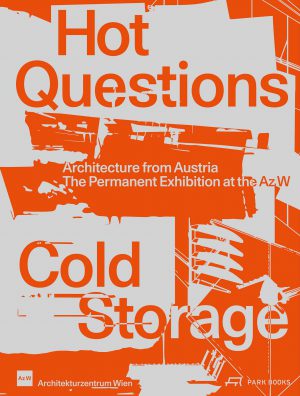
In November 2002, the 10th Vienna Architecture Congress entitled "Next Europe. The Next Europe" focused on the latest developments in architecture and urban planning in Eastern and Southeastern Europe. Four papers from the 10th Vienna Architecture Congress are published in this backgrounder, providing insights into architectural events in Slovenia, Poland, and Romania, as well as Judit Bodnár's analysis of Budapest's urban development as a "Paris of the East" in the discursive web of post-communism and globalization.
1,10 €
incl. 10% VAT plus shipping costs




